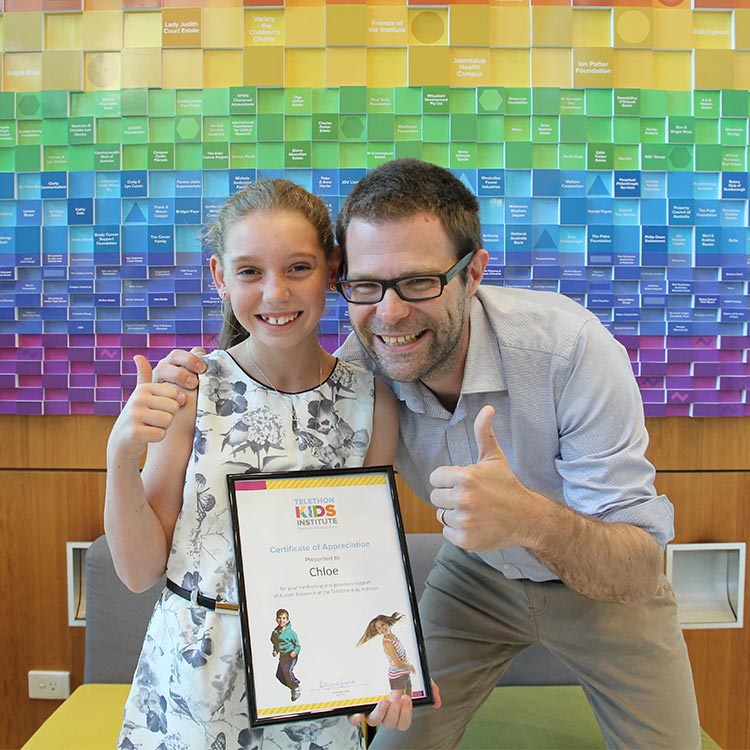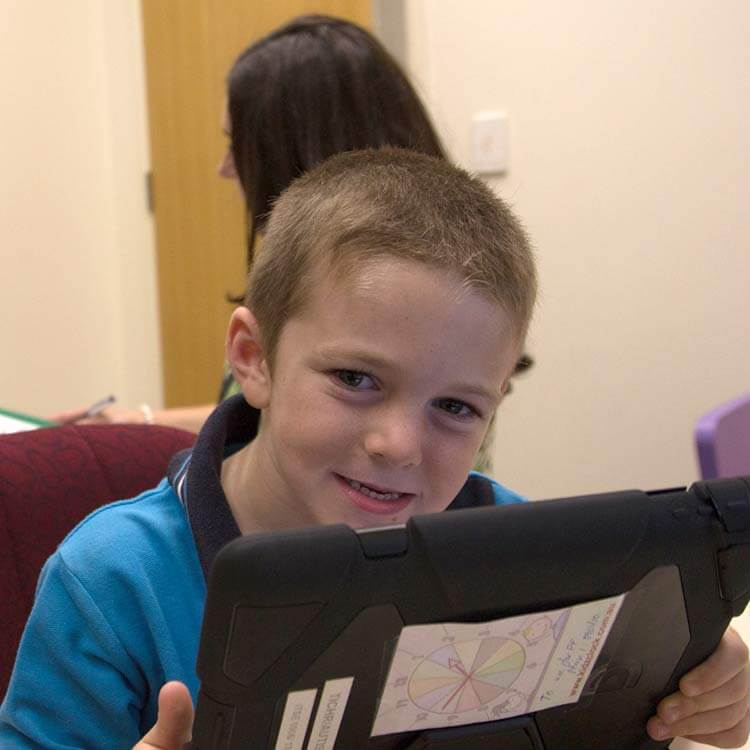Search

News & Events
The Kids researchers finalists in Premier’s Science AwardsThe Kids Research Institute Australia has two researchers and an innovative science engagement initiative as finalists in the 2017 Premier’s Science Awards.

News & Events
Fundraising star: Chloe (11) Bakes for Autism ResearchChloe recently decided to bake cupcakes to sell to her school friends and teachers and it was all for a cause very close to her heart - autism research.

News & Events
Australia’s first Autism Biobank to help improve early diagnosesA world leading Autism biobank has been officially launched in Australia today by the Minister for Health, the Hon Sussan Ley.
Research
Onset of maternal psychiatric disorders after the birth of a child with autism spectrum disorder: A retrospective cohort studyMothers of a child with autism spectrum disorder have more psychiatric disorders after the birth of their child.
Research
A prospective ultrasound study of prenatal growth in infant siblings of children with autismNumerous studies have observed that a proportion of infants later diagnosed with autism spectrum disorder (ASD) experience accelerated head growth...
Research
Brief Report: Do the Nature of Communication Impairments in Autism Spectrum Disorders Relate to the Broader Autism Phenotype in Parents?This research explored the relationship between the broader autism phenotype (BAP) among parents, an index of genetic liability for ASD, and proband...
Research
Towards a molecular characterization of autism spectrum disorders: An exome sequencing and systems approachThis paper profiles the functional pattern of DNA variants found at a higher rate in patients with autism spectrum disorder (ASD), X-linked intellectual...
Research
Prevalence of Motor Difficulties in Autism Spectrum Disorder: Analysis of a Population-Based CohortIn this population-based cohort that included 2,084 children with autism aged ≤6 years, over one-third met the criteria for motor difficulties
Research
Experiences of Parents of Specialist Peer Mentored Autistic University StudentsParents continue to support to autistic university students, and consequently, experience considerable stress. The aim was to explore the experiences of parents of specialist peer mentored university students and to examine these using the ICF as a theoretical framework.
Research
Developmental vitamin D deficiency increases foetal exposure to testosteroneAutism spectrum disorder (ASD) is a group of neurodevelopmental disorders which are more common in males. The 'prenatal sex steroid' hypothesis links excessive sex-steroid exposure during foetal life with the behavioural differences observed in ASD. However, the reason why sex steroid exposure may be excessive remains unclear. Epidemiological studies have identified several environmental risk factors associated with ASD, including developmental vitamin D (DVD) deficiency.
